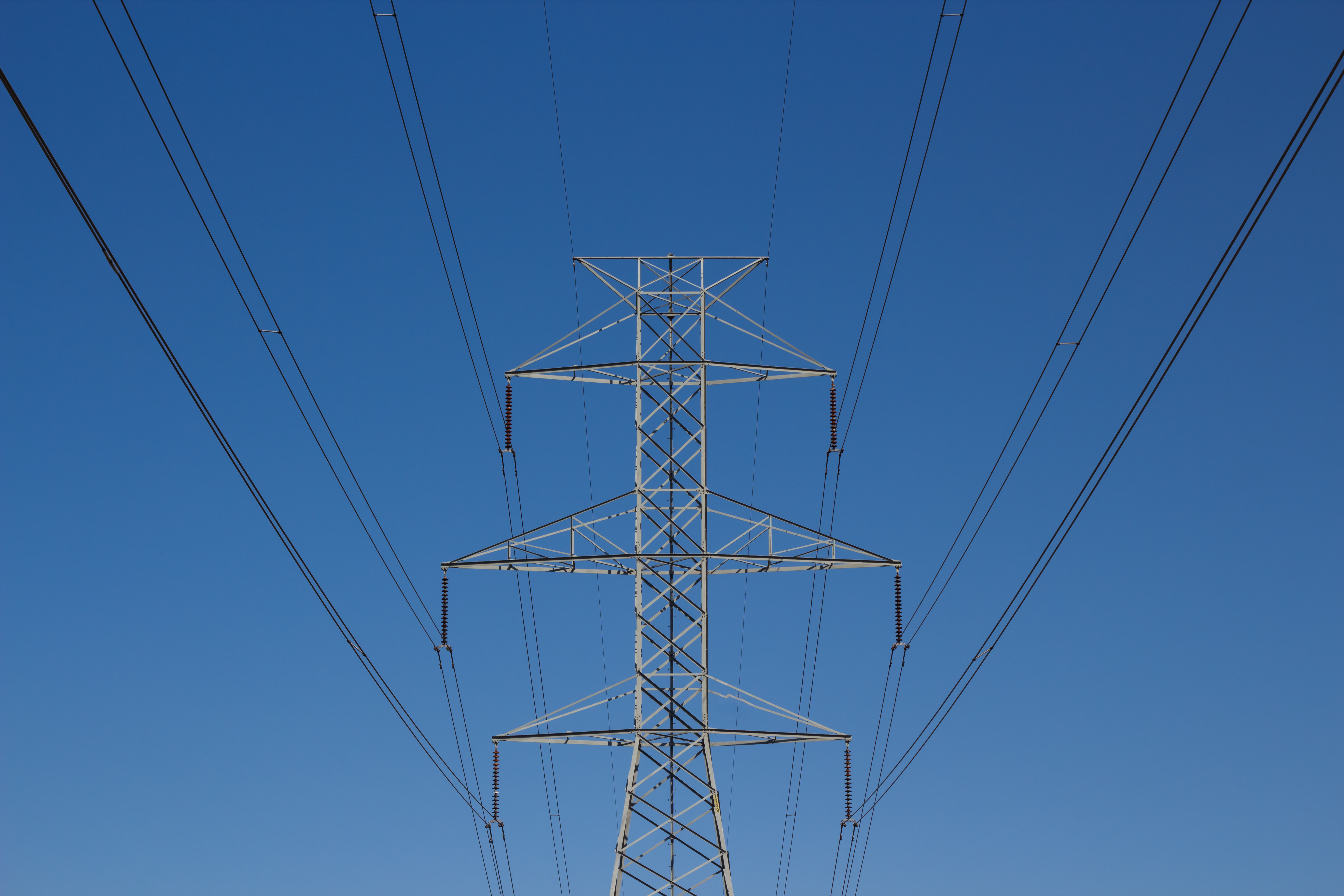
Earlier this month, a power outage struck a Samsung wafer fabrication plant near Pyeongtaek, South Korea. Although the outage only lasted about half an hour, it reportedly interrupted production to a point that it damaged tens of thousands of processed wafers. The damage wiped out an estimated 3.5 percent of the global NAND flash supply for March. Given the importance of NAND flash memory to Samsung’s profit margins, significant financial loss likely followed.
Is a power outage a covered loss? The typical business interruption policy covers losses caused by “physical damage” to insured property. The central issue is how “physical damage” is interpreted, whether by modern understanding (and perhaps understanding how the risk and premium were calculated upon) or by an outdated, glib interpretation that wholly ignores the purpose and context of the policy.
A sensible definition of “physical damage” in BI policies include loss of function. [1] Losses like the one Samsung suffered invariably from lead to claims under business interruption (BI) insurance policies. In the United States, the key for coverage under a BI policy is that the interruption is caused by “physical damage” to insured property. Insurers, which naturally want to avoid paying on claims whenever possible, often interpret the physical damage requirement according to outmoded, narrow standards that don’t account for modern technology. When an interruption to power or computer systems scrambles data or damages products, an insurer will often insist that the absence of physical damage—a fire, for example—places the losses outside the BI policy’s scope.
Where insurers have denied BI claims for losses like Samsung’s, courts have granted relief. In 2003, a blackout left a supermarket chain without power for four days, causing inventory to spoil. The insurer denied the supermarket’s BI claim. Even though a mixture of system-wide imbalances had rendered the grid incapable of carrying power, the insurer argued that the store had not suffered physical damage and therefore the store’s losses were not covered. In the ensuing litigation, the court disagreed, holding that because the components of the transmission system were “physically incapable of performing their ‘essential function of providing electricity’”, the grid was physically damaged within the meaning of the policy. Wakefern Food Corp. v. Liberty Mutual Fire Ins. Co., 406 N.J. Super. 524 (1999).
In June 2017, Mark Slater, together with John Schaefer of Lam Research Corporation, presented before the Silicon Valley chapter of RIMS on how risk managers, in-house counsel, and outside counsel can work together to handle novel BI claims. Our approach sets us apart, and it gets results.
______________________________________________
[1] Slater Law Group represented the policyholder in SanDisk Corp. v. Zurich Am. Ins. Co., No. 5:12-cv-06081-LHK, where production at policyholder’s NAND flash memory chips factory in Japan was disrupted by a power outage. Mark Slater was also lead counsel in precedent-setting case Am. Guar. & Liab. Ins. Co. v. Ingram Micro, Inc., No. 99-185, 2000 WL 726789 (April 18, 2000) where the District Court of Arizona held physical damage includes loss of function.